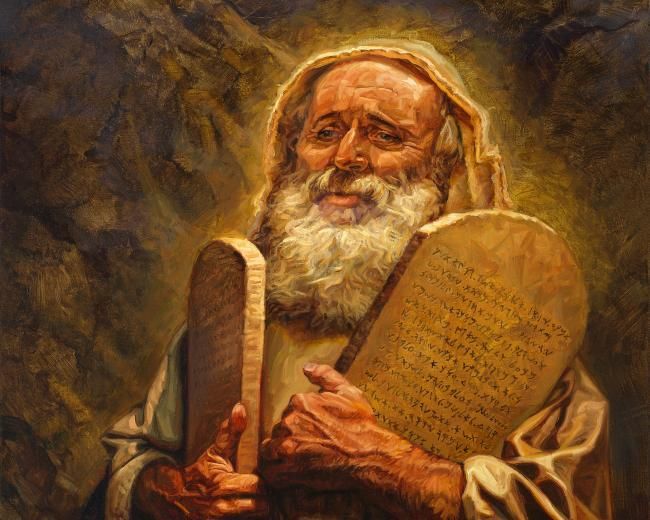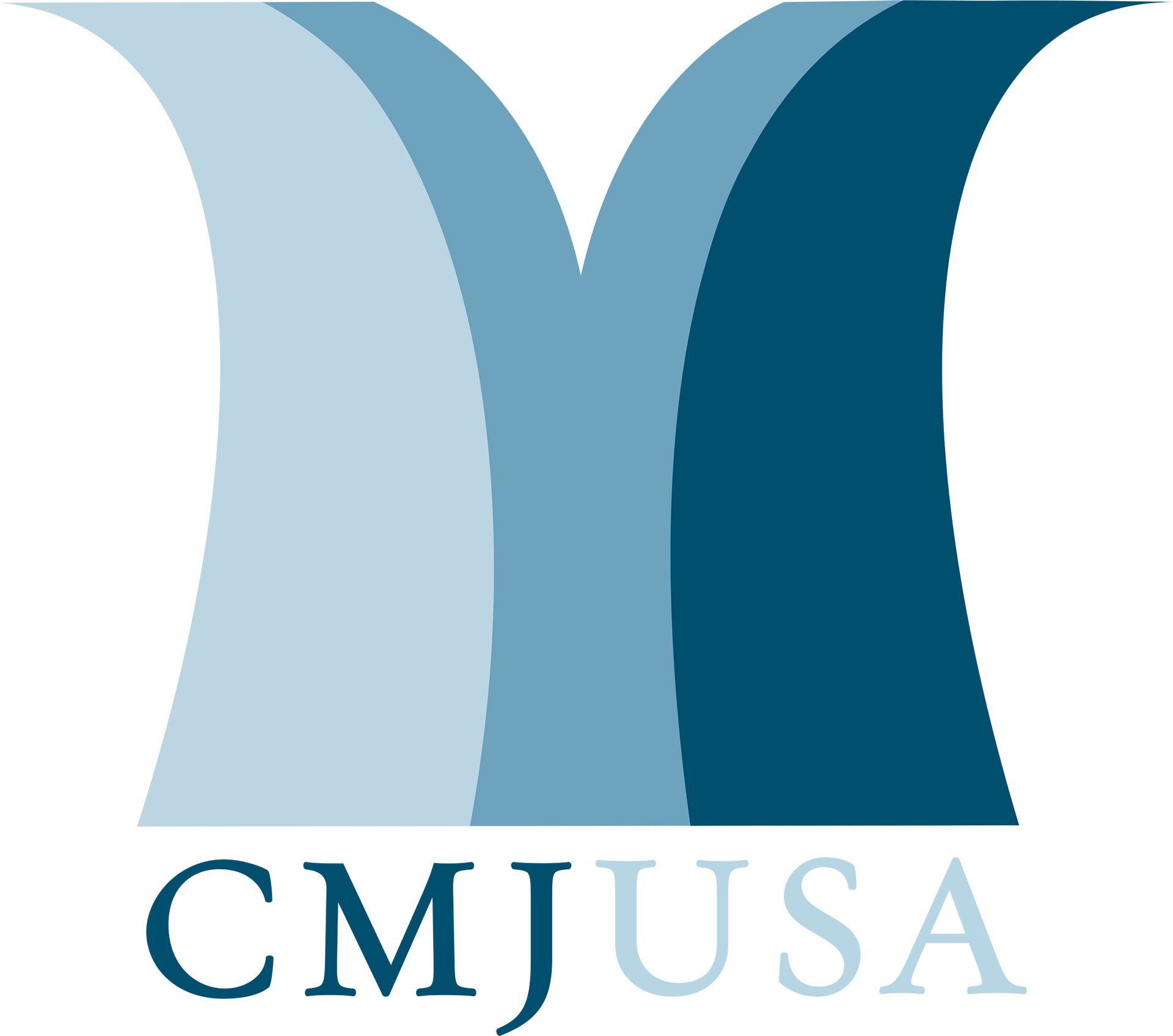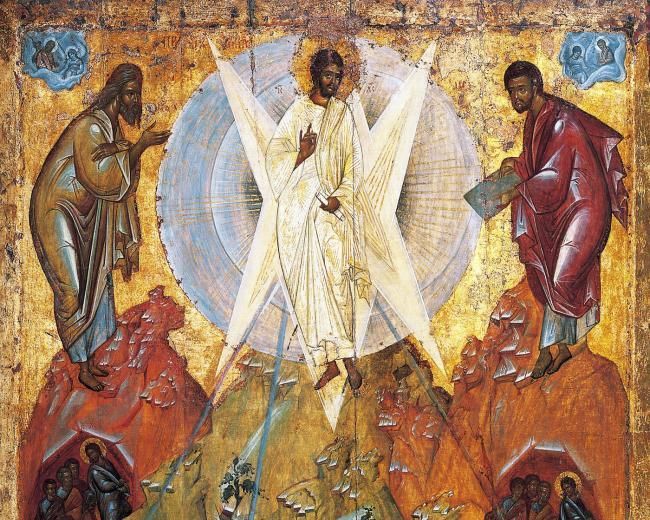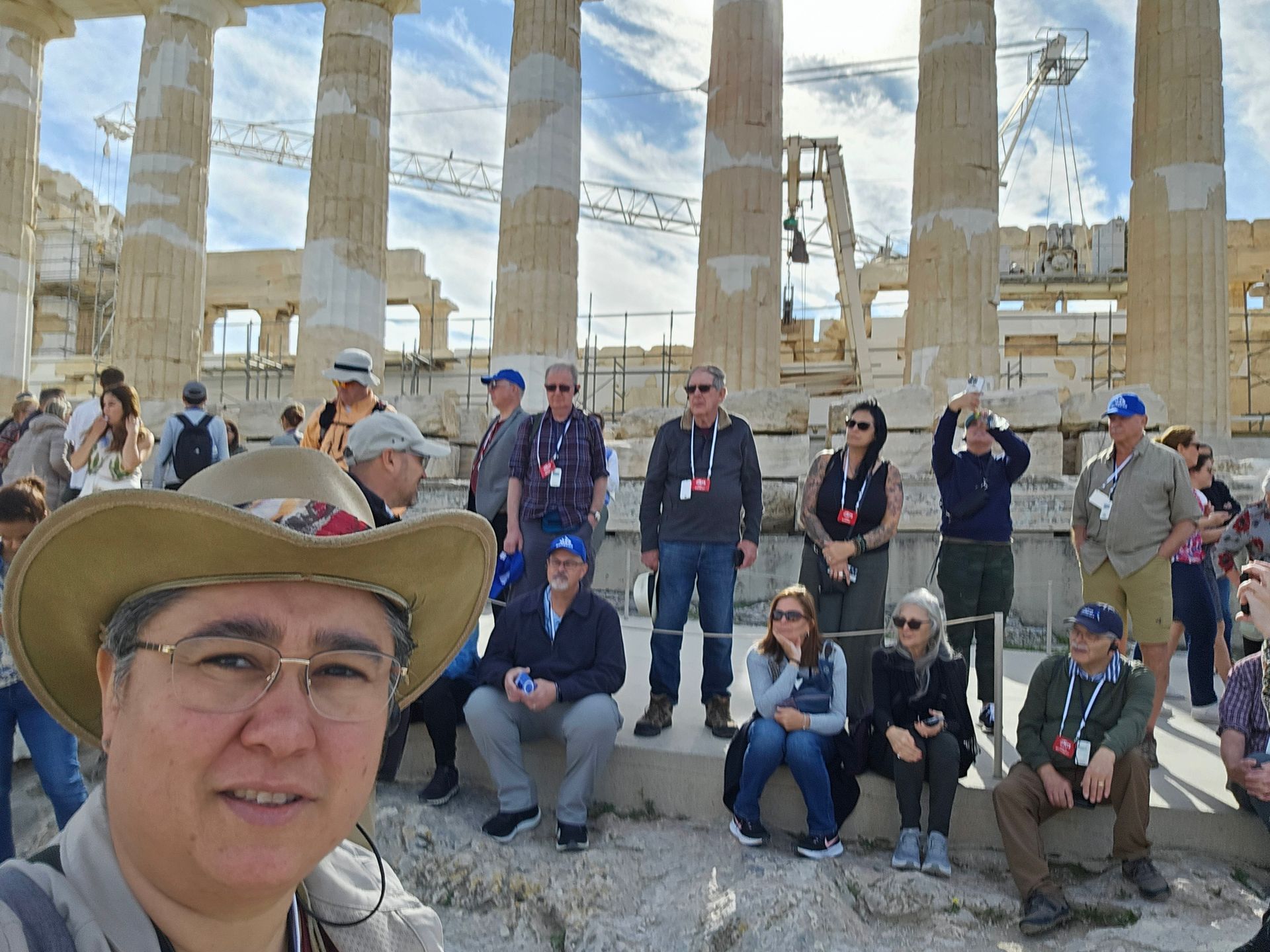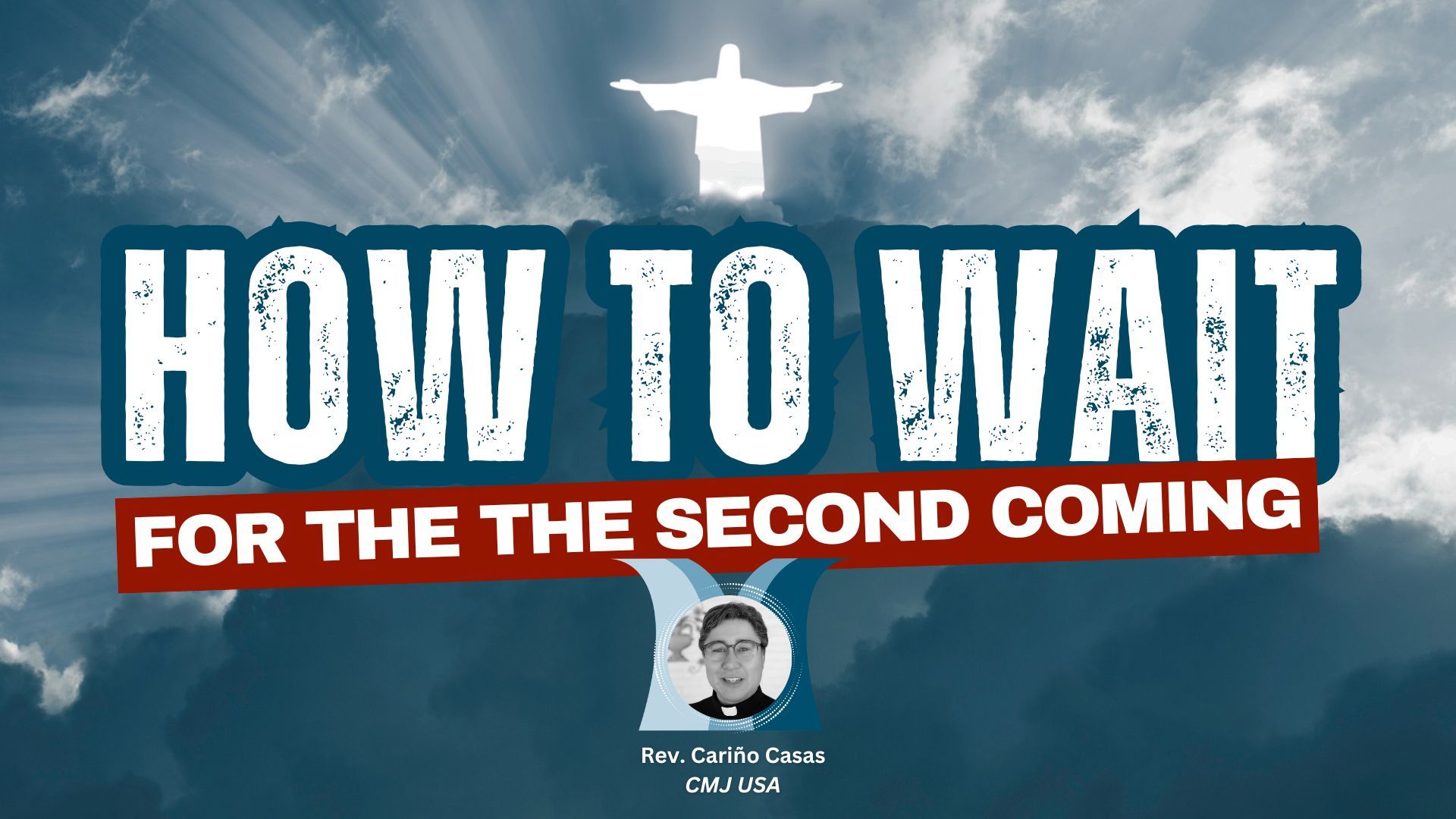When Moses went up
on
Mount Sinai, he was accompanied by Aaron and two others who were brothers, Nadab and Abihu. On the Mount of Transfiguration, Jesus was accompanied by Peter and two others who were brothers, James and John.
3
Then there was the cloud.
It has been said
, “As Moses had entered the cloud and divine light with the result that his face shone, so Jesus shone with heaven’s light, and before him appeared Moses and Elijah, the only Old Testament saints to receive a revelation on ‘the mountain.’”
4
Image credit:
Moses by Jan van 't Hoff Gospel Images
When Moses went up on Mount Sinai, he was accompanied by Aaron and two others who were brothers, Nadab and Abihu. On the Mount of Transfiguration, Jesus was accompanied by Peter and two others who were brothers, James and John. 3 Then there was the cloud. It has been said , “As Moses had entered the cloud and divine light with the result that his face shone, so Jesus shone with heaven’s light, and before him appeared Moses and Elijah, the only Old Testament saints to receive a revelation on ‘the mountain.’” 4
Image credit: Moses by Jan van 't Hoff Gospel Images
